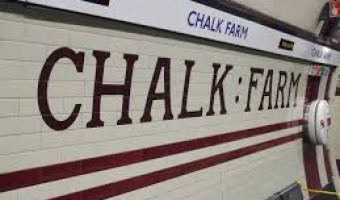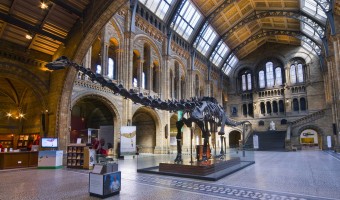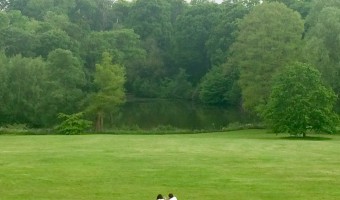Venezia sul Regente
As you venture north of Paddington station, you enter into the area of London affectionately nicknamed Little Venice. This term was thought to have been coined by the poet (and local resident) Robert Browning, on account of its charming canals, however, some have suggested it was in fact Lord Byron who used the term first as a joke. Either way, Little Venice now marks the area in which Regent’s Canal and the Paddington Arm of the Grand Union Canal meet. With this point at its centre, the quiet and quaint Little Venice neighbourhood is a neat pocket of north London well worth a visit.
Food
Clifton Nurseries has a well appointed little café called The Quince Tree, offering breakfast, lunch and afternoon tea. Nearby, closer to Warwick Avenue Station, The Warwick Castle is a very charming traditional local pub, always bustling with the local residents and a short walk from the canal edge.
Clifton Road is generally populated by a whole host of organic and niche food and drink options, perfect for pretty gifts or in preparation for a night in. Similarly, Blomfield Road has lots of interesting stops, including the Summerhouse, which serves some of the best fish and chips in the area.
Entertainment & Shopping
Little Venice comes alive each May Day with the Canalway Cavalcade, which hosts a boat race along the canals and a whole range of activities and entertainment that is perfect for the whole family. The Puppet Theatre Barge tours this way and along the canals during the summer months, but comes home to roost the rest of the year on Blomfield Road. The Canal Cafe Theatre building plays host to unique theatre experiences all year round, including the Guinness World Record Breaking NewsRevue, which plays 4 nights a week, all year round.
Regular theatre-goer Tina W said “The Canal Café hosts really great events – good prices, good laughs, a generally perfect night out with friends or family. “
It’s not the only example of pleasant, traditional entertainment set on the canals themselves – there’s also a floating art gallery and markets during the summer, a collection of traditional narrowboats and customised barges with books, fashion, handicrafts and more. It’s all in the spirit of Asia’s floating markets, a shopping experience unlike any other in London. You can even stop into the Floating Salon for a quick haircut.
If you’d prefer to get sweating, the Little Venice Sports Centre has a gym, badminton, table tennis, basketball, volleyball, netball and more. And finally, one of the most famous stores in the area is the historical Clifton nurseries, which opened in 1851. They host a range of events throughout the year, as well as all your green-thumb needs.


Architecture/Sites
The Little Venice area is lined with charming stucco-fronted late Georgian and Victorian brick houses. It makes for a scenic walk wherever you wander in the area. Of course, wandering the canals adds to the experience and the unique qualities of this part of London.
Perhaps the most famous site in the area is nearby Lord’s Cricket Ground. Lord’s is the peak of historical sports sites for any cricket enthusiast in town, of course, and offers a unique look into the history of the game as the “home of cricket”. You can tour the pavilions and find out more about the history of the game.
“If you love cricket, Lord’s is the ultimate destination on the map – nowhere else can you experience the history of the game like this. It’s essential for fans!” – John, cricket fanatic.


Overall, Little Venice is one of London’s hidden gems – a part of London never usually considered a destination, with its sleepy streets. But tucked into many of these traditional streets is a beating heart of fringe theatre, canal culture and simple pleasures.
 A Guide To Little Venice
A Guide To Little Venice


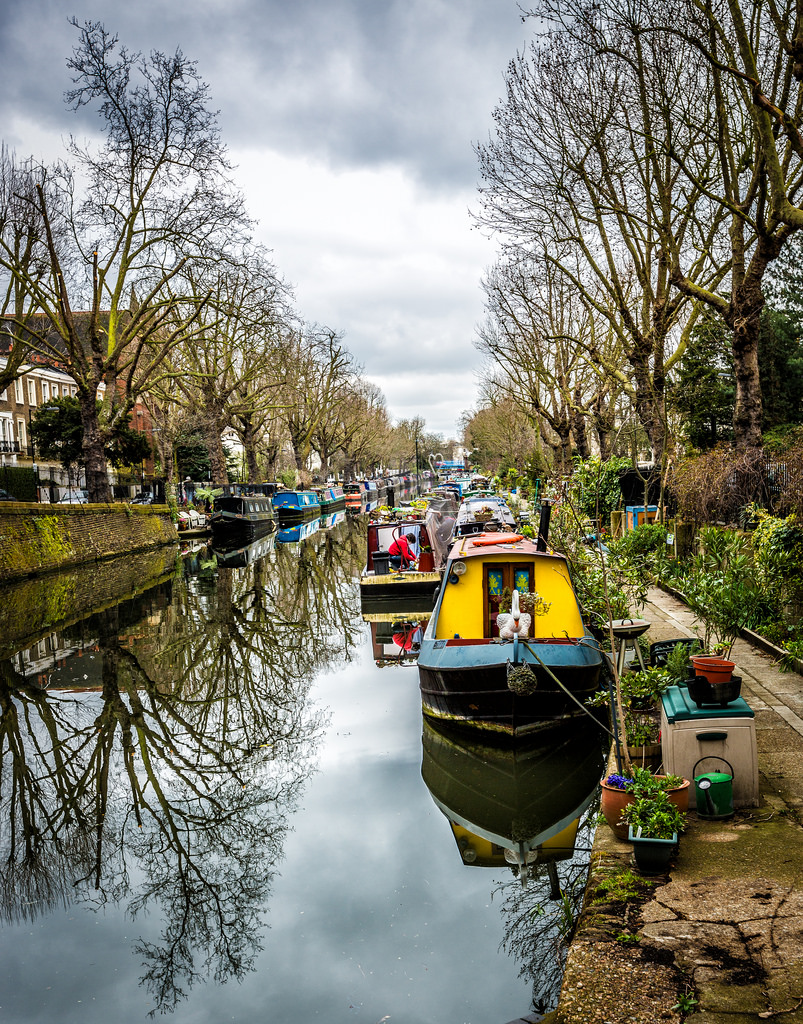
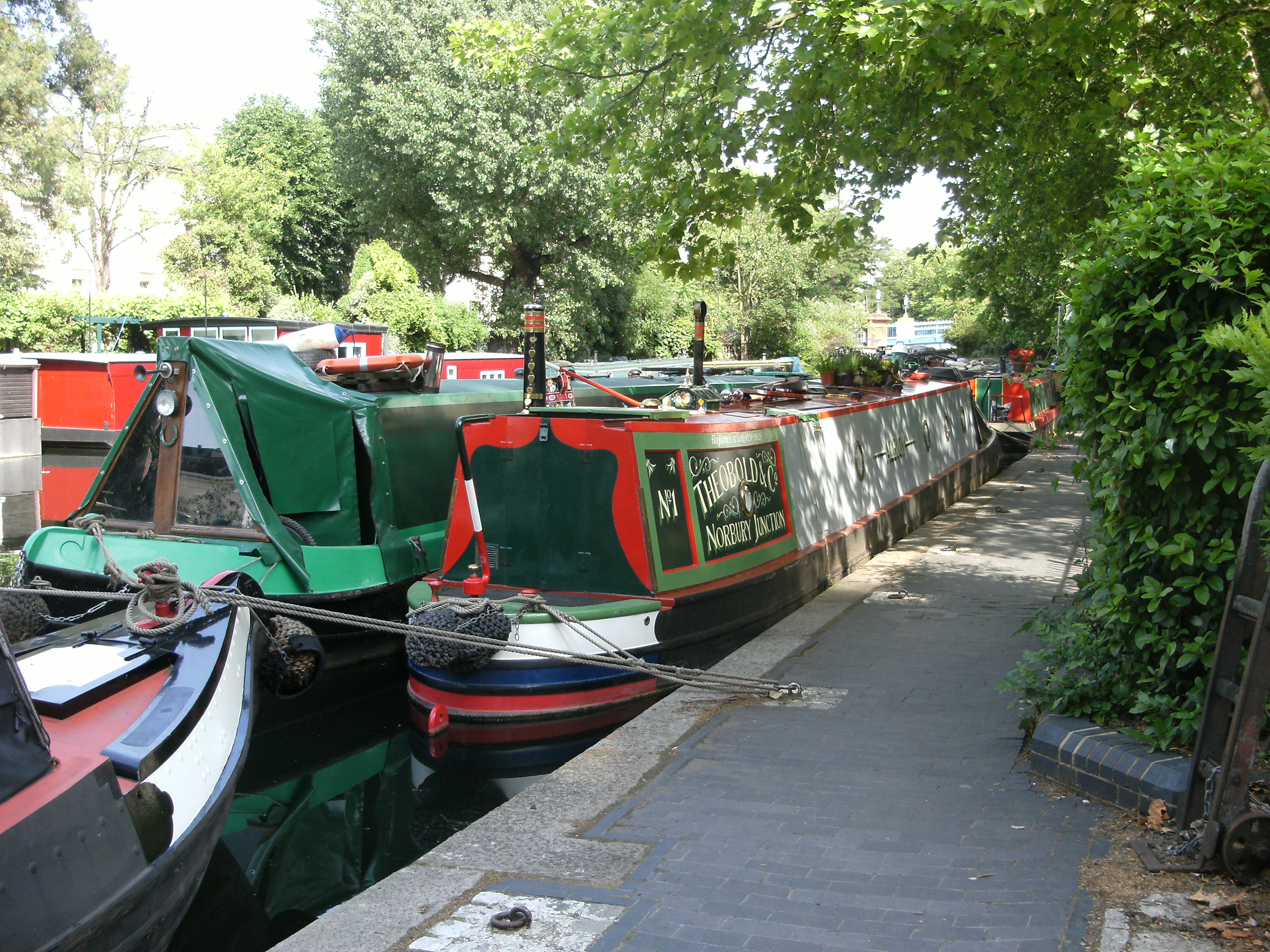
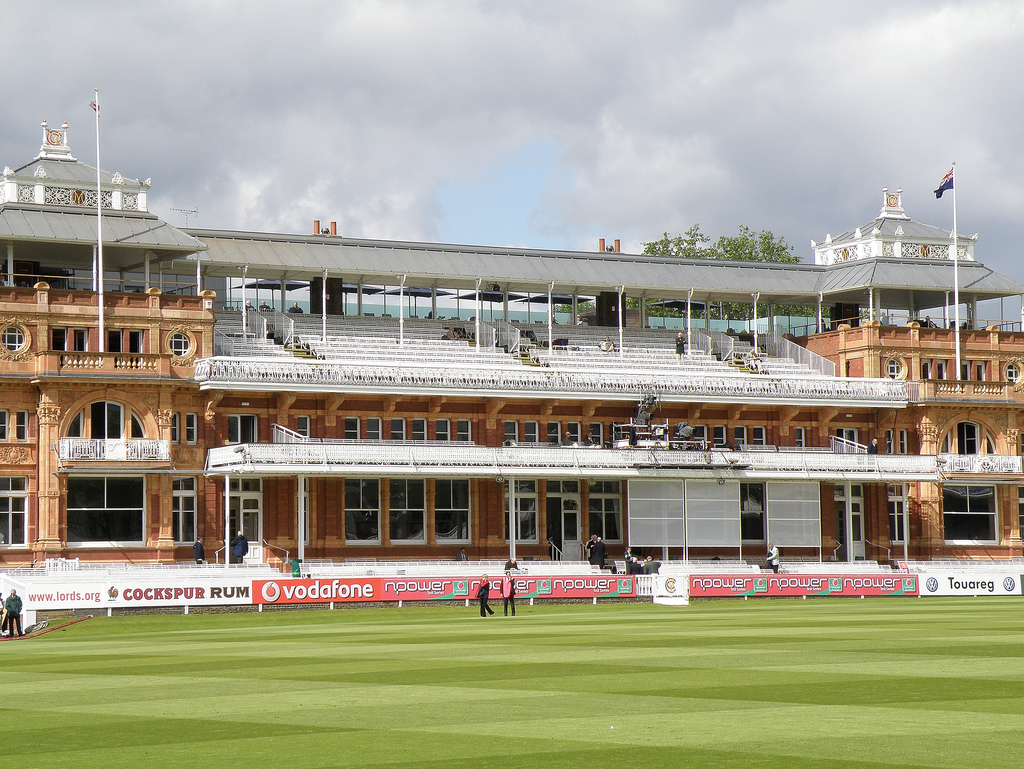
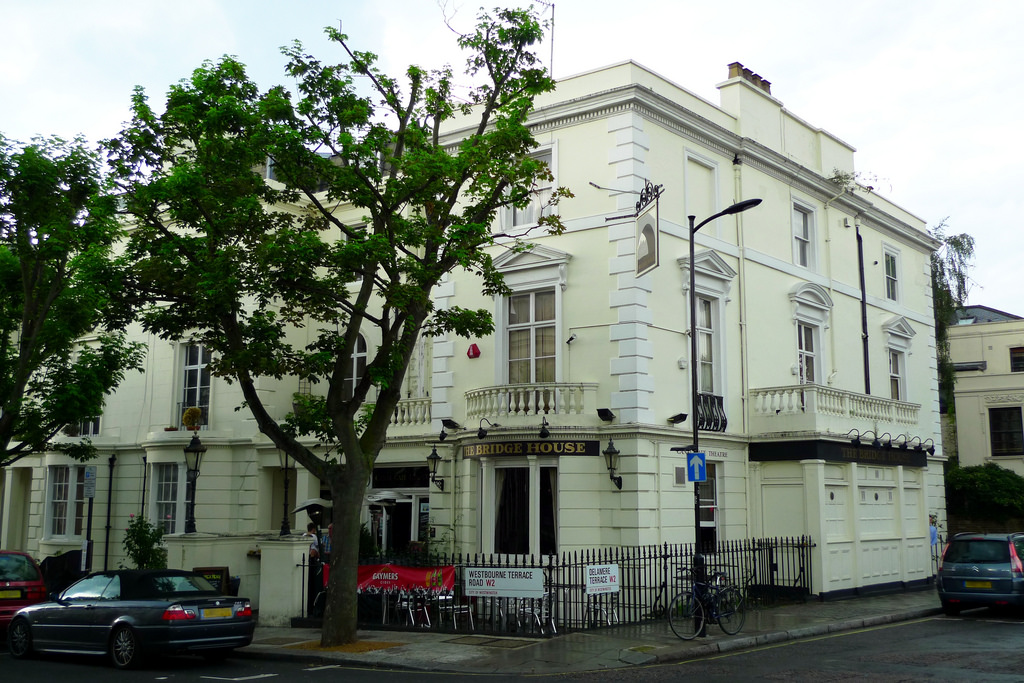
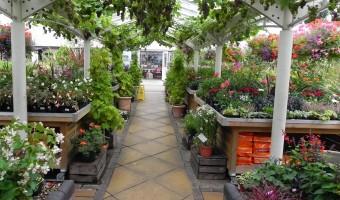
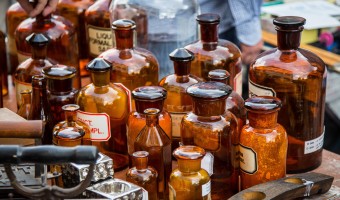
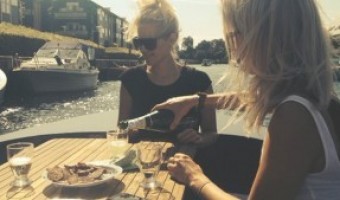
 Load more triptoids
Load more triptoids